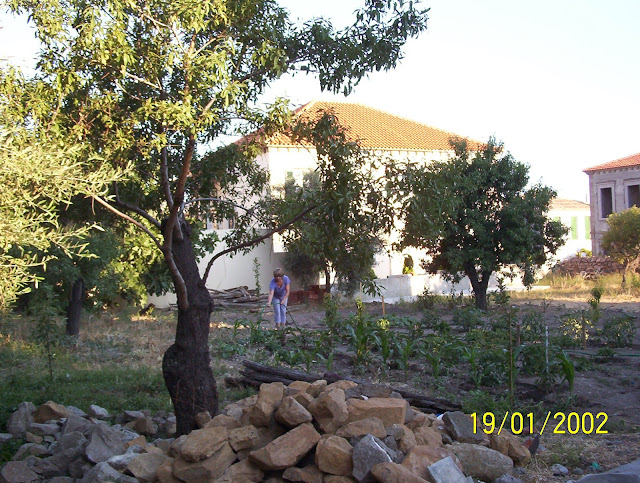Melbourne in Victoria is a
Greek cultural center in Australia. And
there is more than one area in this city where Greeks congregate.
One is
Lonsdale Street in the city centre. This is an area that runs adjacent to
Melbourne Chinatown on Little Bourke Street. According to the 2001 Australian
census Melbourne has the largest Greek Australian population in Australia and
indeed it has the largest population of Greeks of any city in the World -
outside of Greece.
The
annual Melbourne Antipodes Festival is held on Lonsdale Street one week in
March and has been held since 1987. The festival is renowned for its Lonsdale
Street "Glendi" (Greek for "party") - a weekend-long event
that is held to coincide with the Greek National Day on the 25th
March.
An annual
Greek Film Festival is also held in Melbourne over two weeks in September, and
has been held since 1990.
However recently Greek community life has dispersed from Lonsdale Street
to the suburbs and a number of Greek cafes have closed down in this street. To
counter this trend recently a Greek entrepreneur built a $15 million, 15-storey
beacon of Hellenism on the site of the original three-level headquarters of
Melbourne's oldest and biggest Greek community organisation. Papastergiadis said
it was important to ‘maintain a central, visible presence as a symbol of a
mature, diverse and successful
migrant community that has become part of the city's cultural fabric.’ He added that, ‘During the Lonsdale Street Festival we get 100,000
people through here over two days. The prime minister last year said it was the
biggest street festival in Australia, and half the attendees are not Greek.’
Chef George Colombaris
Also in the city, as poster boy of the Greek community, is Chef George Colombaris. The Press Club and Gazi are two of his restaurants. He has done a lot to help raise the profile of Greek cuisine in this city.
Oakleigh
is one of those suburbs where Greeks now congregate.
Oakleigh is 15 km southeast of Melbourne's
central business district. In the 2011 census Oakleigh had population of 7,535. Once a
large independent city, Oakleigh was absorbed into Melbourne as part of the
eastward expansion of the metropolis in the 1950s. As a result, it once had its
own large historic municipal buildings. The
area’s strong Greek cultural influence is largely due to the influx of Greek immigrants
to Australia in the mid-20th century. Fourteen per cent of those now living in
this suburb speak only Greek at home.
Evidence of Greek cultural influence can
be found in the football club, Oakleigh Cannons, established in 1972 by Greek
immigrants. Further evidence of Greek cultural influence can be found in the
Greek Orthodox church of Agio Anargyroi
 |
Plus a very strong presence of Greeks from Lemnos! |
Thus this area
contains many older commercial buildings including banks and retail complexes
dating back to the early days of the city. But it is the cafes on Eaton Street,
which is a pedestrian mall that most visitors come to visit. The thriving
shopping district has an abundance of Greek butchers, bakeries, beauty salons,
and specialty shops selling Greek sweets, but more and more there are shops
representing other ethnic groups – Korean, Vietnamese, Chinese.
Oakleigh is an
important shopping and eating area for Takis and me. We drive there at least
once a month to stock up on Mythos, Greek beer, and Greek cheeses. And while
there we are sure to have a souvlaki or a coffee and Galtibouriko. We have just
now returned from stocking up with Greek goodies prior to Xmas!































































